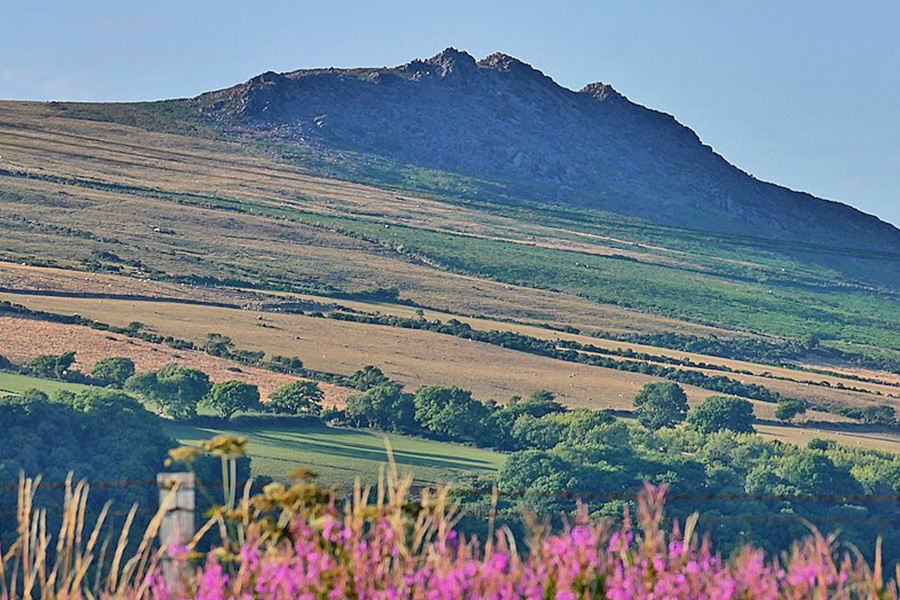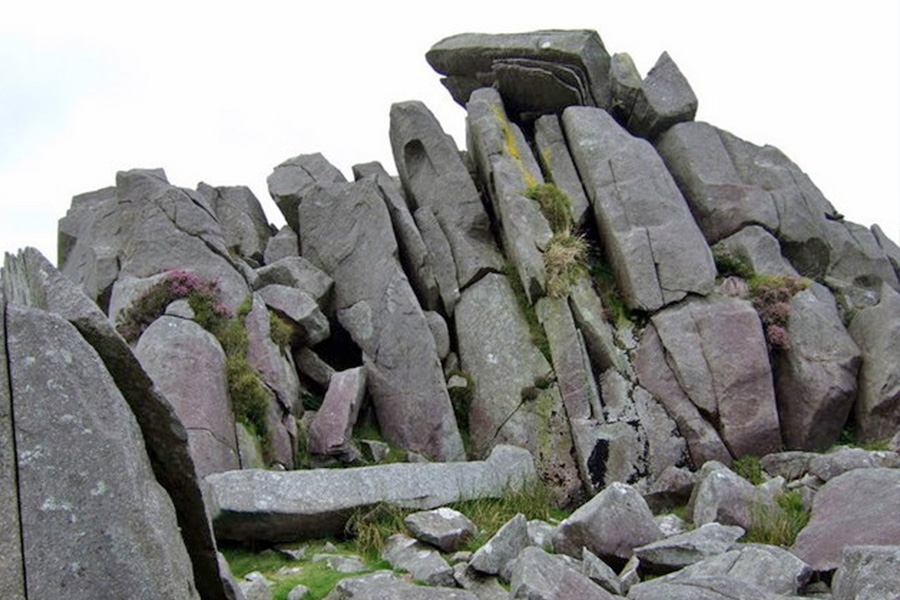
Preseli Hills Pembrokeshire
Preseli Hills Pembrokeshire and Stonehenge
Pembrokeshire is home to the Preseli Hills with the bluestones, which are in much debate as the source of Stonehenge.
The Preseli Bluestones are a type of spotted dolerite stone found in the Preseli Hills of West Wales, about 240 km (150 miles) away from the site of Stonehenge in Wiltshire, England. These stones are notable for their blue-grey colour and distinctive spots, and are believed to have been used in the construction of Stonehenge.

The exact mechanism by which the Preseli Bluestones were transported to the Stonehenge site remains a subject of debate among archaeologists and historians. Some theories suggest that the stones were transported by sea along the coast of Wales and England, while others propose that they were transported overland using rollers or sledges. It’s possible that a combination of methods was used.
Recent scientific research has confirmed that the Preseli Bluestones match the chemical composition of some of the stones at Stonehenge, suggesting a direct link between the two locations. This has led to the theory that the stones were transported from Wales to England specifically for the purpose of building Stonehenge.
The exact purpose of Stonehenge and the role of the Preseli Bluestones in its construction remain a mystery, though some theories suggest that the monument served as a ceremonial or religious site. Regardless of its original purpose, Stonehenge remains an iconic symbol of ancient British history and a popular tourist destination to this day.
There is scientific evidence that supports the theory that the Preseli Bluestones were indeed the source of some of the stones at Stonehenge.

In the early 1920s, a geologist named Herbert Henry Thomas conducted a study of the rocks at Stonehenge and noticed that some of the bluestones had a similar composition to the rocks found in the Preseli Hills. Thomas proposed that these bluestones had been transported from Wales to England, but his theory was not widely accepted at the time.
In the 21st century, scientific techniques have been used to analyse the chemical composition of the stones at Stonehenge and compare it to that of the rocks in the Preseli Hills. In 2011, a team of researchers from the University of Leicester used x-ray fluorescence spectrometry to analyse the composition of the bluestones at Stonehenge and found that the chemical signature of the rocks matched those from the Preseli Hills.
In 2015, a team of archaeologists from University College London conducted a study of the Carn Menyn quarry in the Preseli Hills, where many of the bluestones are believed to have come from. They found evidence of quarrying activity and concluded that the bluestones had likely been extracted from this site and transported to Stonehenge.
Overall, while there is still some debate among experts about the precise origins of the bluestones, the scientific evidence suggests a strong connection between the Preseli Hills and Stonehenge.
